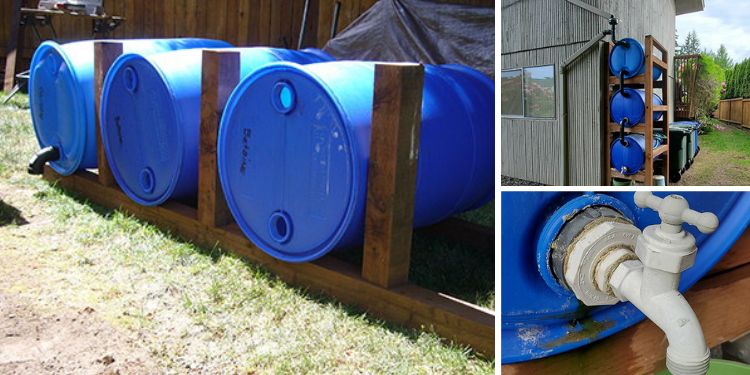This project (like many) was devised in order to solve a problem.
I had begun to observe with my indoor plants – yellowing of the leaves. Researching the issue I discovered the proper term was chlorosis, and that the pH of my tap water was likely to blame.
I learned a lot about what minerals are added to city tap water and how that can affect the health of my plants. I learned that pH values between 5.0 and 6.5 are ideal for the root environment of soil potted plants, and that adverse effects will be more likely with values lower than 4 and higher than 8.
I purchased a pH test kit and compared the tap water to the rainwater from a recent rain storm. The results confirmed that my tap water was indeed elevated at around 8.5 while the rain water was a more idyllic 6.0.
READ FULL ARTICLE HERE

This project (like many) was devised in order to solve a problem.
I had begun to observe with my indoor plants – yellowing of the leaves. Researching the issue I discovered the proper term was chlorosis, and that the pH of my tap water was likely to blame.
I learned a lot about what minerals are added to city tap water and how that can affect the health of my plants. I learned that pH values between 5.0 and 6.5 are ideal for the root environment of soil potted plants, and that adverse effects will be more likely with values lower than 4 and higher than 8.
I purchased a pH test kit and compared the tap water to the rainwater from a recent rain storm. The results confirmed that my tap water was indeed elevated at around 8.5 while the rain water was a more idyllic 6.0. [b][size=150][url=https://www.askaprepper.com/diy-rainwater-harvesting-system/]READ FULL ARTICLE HERE[/url][/size][/b]
[img]https://www.askaprepper.com/wp-content/uploads/2023/09/DIY-Rainwater-Harvesting-System-2.jpg[/img]